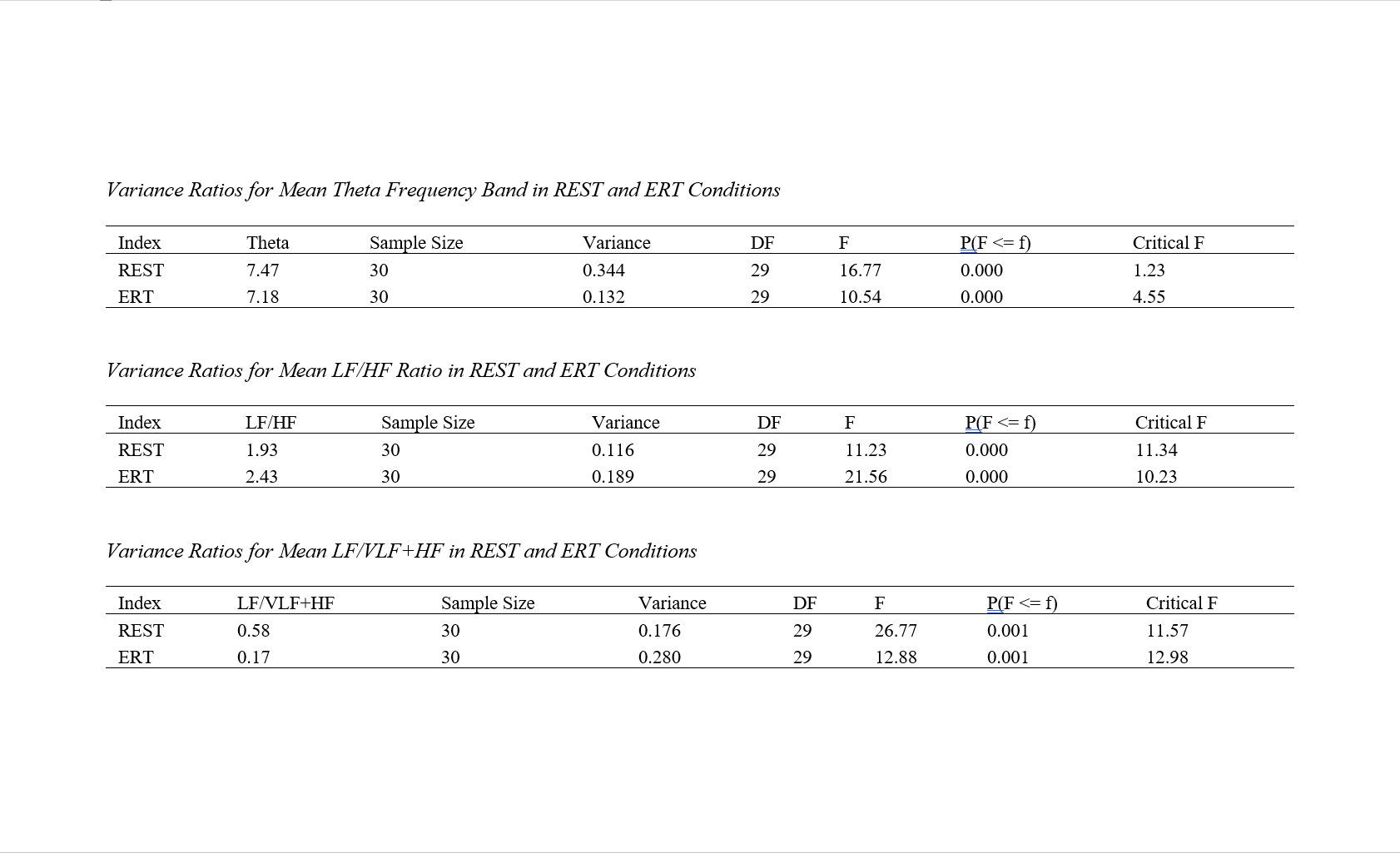Measurement of Beta and Theta Brain Wave Coherence with Cardiac Wave Rhythm in Managers with Rational Decision-Making Style Based on Emotional Intelligence through ERT Cognitive Task
Keywords:
coherence, EEG and ECG signals, decision-making, emotional intelligenceAbstract
Objective: Since human life and society depend on brain functions, our understanding of the brain and mind can significantly impact all dimensions of human life. Therefore, the main objective of this study was to assess the coherence of brain waves (EEG) and cardiac wave rhythms (HRV) based on neuroscientific and neurocardiology principles.
Methods and Materials: This research utilized an experimental design, specifically a quasi-experimental approach without a control group, and was applied in nature. The statistical population consisted of managers (90 individuals) from both public and private sectors in Gilan Province in 2022. From this population, 30 individuals were randomly selected. Their brain waves and cardiac rhythms were simultaneously recorded in both resting and decision-making states from the CZ region of the brain and triangular regions around the heart using the ProComp 2 neurofeedback tool while performing the emotional intelligence assessment test. The research instrument included the ERT cognitive test (Emotional Recognition Task) designed by Cambridge University in 1980 and administered through the Cantab software and BioGraph Infiniti version 0.6 software. For the purposes of this study, the cognitive task was provided to participants via software. The data were analysed using analysis of variance and mean comparison test via SPSS-26.
Findings: The correlation test of brain waves and cardiac waves in resting and cognitive task states showed significant differences. No coherence between EEG and ECG was observed in the resting state compared to the cognitive task state.
Conclusion: The results indicate that changes in brain waves and cardiac waves, and the coherence between these waves, vary among managers with similar decision-making styles. These variations depend on the environmental, mental, and emotional conditions of the individuals.
Downloads

Downloads
Additional Files
Published
Issue
Section
License

This work is licensed under a Creative Commons Attribution-NonCommercial 4.0 International License.








